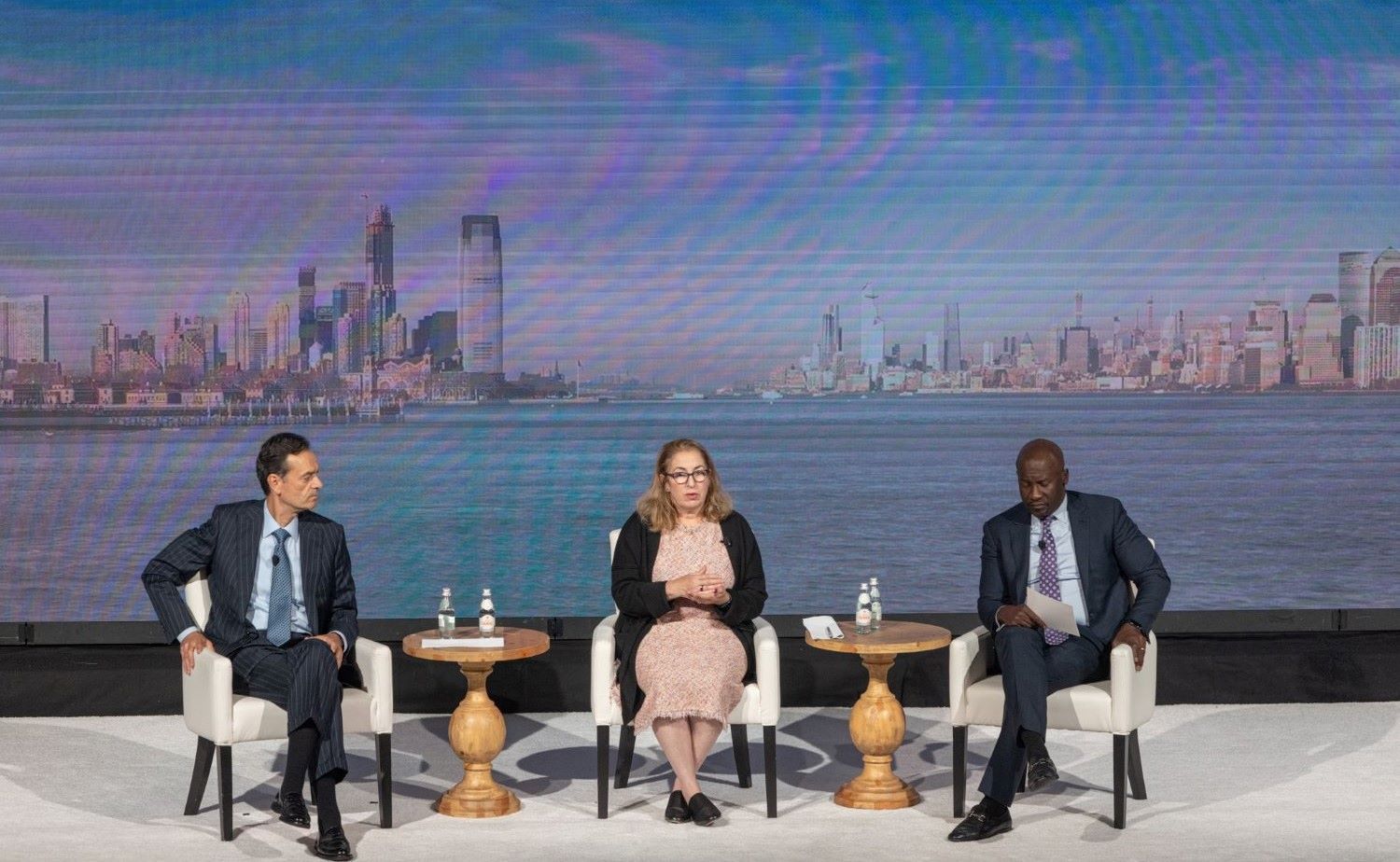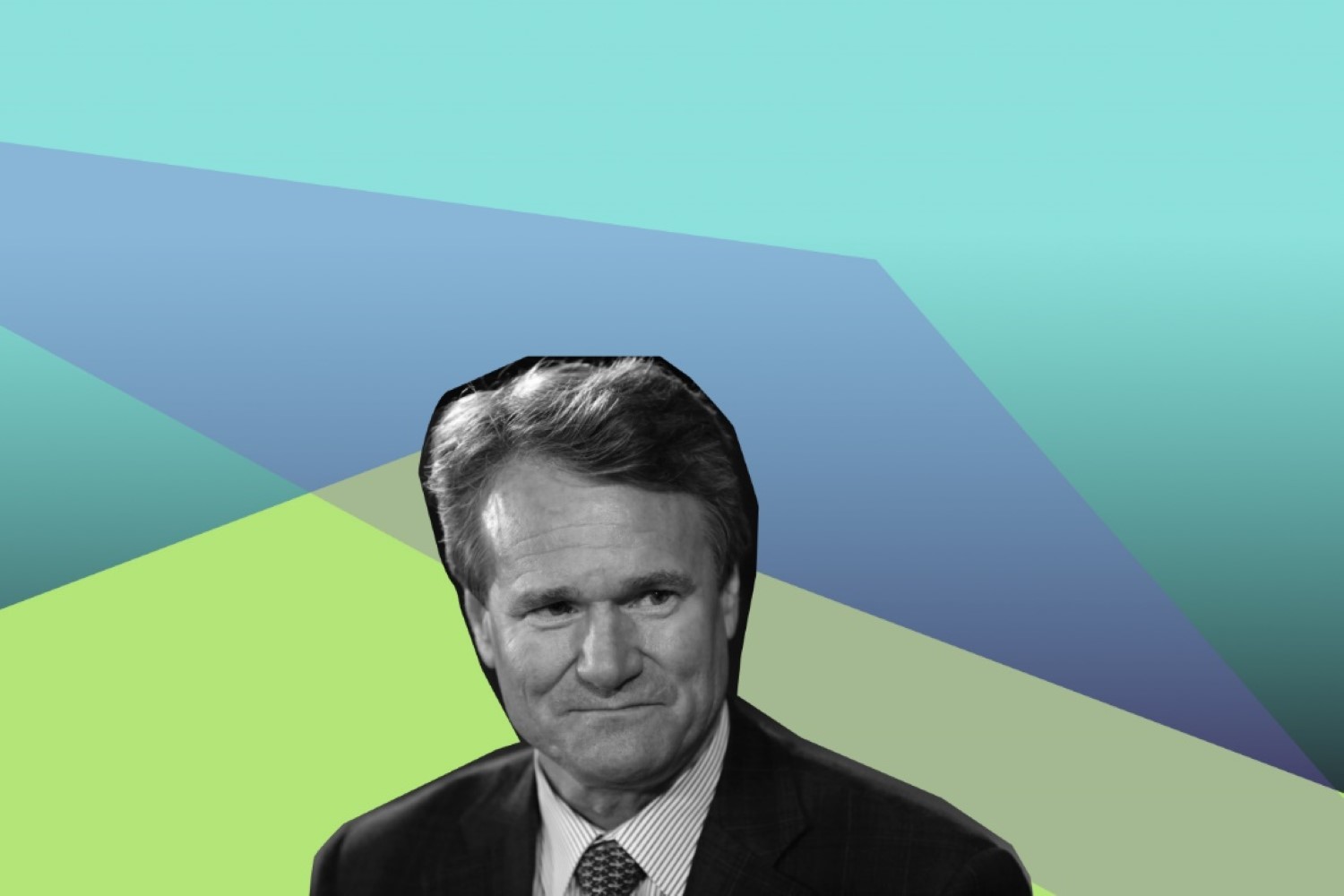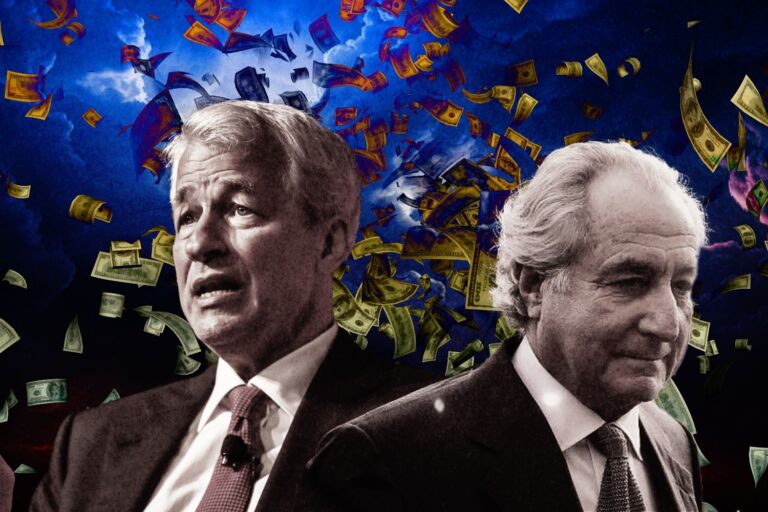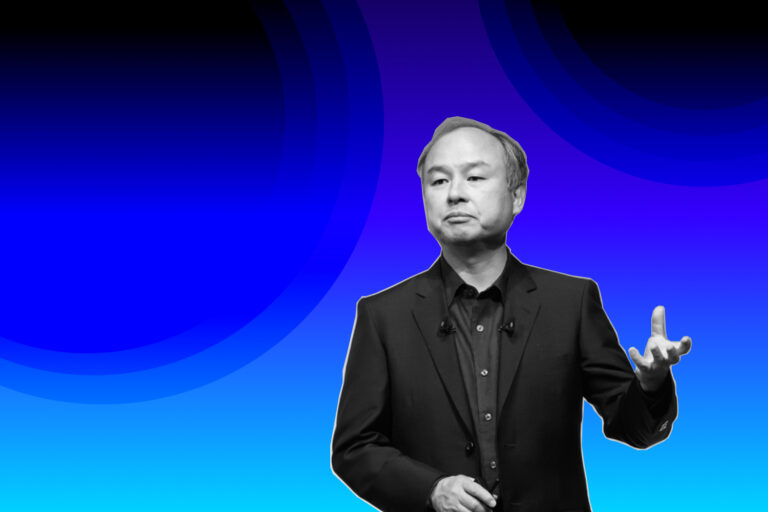This Bank Poised to Be Lambasted for Its Lifetime
Managing your finances can be stressful, but you usually trust your bank to assist you with things like opening the correct savings account and offering excellent customer care when you have questions about your account. Of course, this requires you to have a good bank.
However, in order to be a good bank for their customers, banks must have other assets, such as a strong reputation. And, regrettably for the banking business, it leans towards the bottom of the ranking of the country’s most reputable industries.
And in the disliked industry right now, Bank of America seems to be in the spotlight that no one admires. There are some potential reasons why Bank of America, like any large financial institution, may be perceived negatively by some people.
However, let’s look at the upside of this financial organization first.
The Bank Behind Countless Behemoths in the Nation
Bank of America (BAC) is one of the major investment banks and financial organizations in the world. The company was founded in 1904 by Amadeo Peter Giannini, a 33-year-old son of Italian immigrants.
His father-in-law was quite affluent; he held a stake in a minor bank in San Francisco, and when he died, Giannini was appointed to the board of directors of that bank.
At the time, the banking standard was to play it safe by giving loans and other banking services to larger enterprises and wealthier individuals while neglecting those with less money.
Giannini thought this was ridiculous because there were a significant number of immigrants and farmers who could profit from their services, and he persuaded the rest of the board to broaden their client base.
When the others dropped to do so. He took a leap of faith in an idea he believed in, raising $150,000 from investors and founding his own bank immediately across the street from the other one.
It was formerly known as the Bank of Italy, specializing in loans to the less wealthy Italian immigrant population and many others who were turned down by other banks.
A major earthquake struck San Francisco two years later, demolishing practically every enterprise in the neighborhood, including the Bank of Italy.
Fortunately, he was able to extract $80,000 in cash from it and soon used that money to put up a station where he would sign loan agreements. So, at a time when the city needed money to rebuild, he was one of the few people who could supply it.
Three years later, he began expanding into additional regions by acquiring failing banks around California and converting them into new branches of his bank. In the 1920s, he began opening them in neighboring states, and the names of the sites were changed to Bank of America.
It all continued, and by the time Giannini died, it was the largest bank in the country, with over 500 branches and a total asset value of $5 billion.
Some of the more remarkable things they’ve done over the years took place in 1932. During the Great Depression, when no one else would fund it, Bank of America contributed the funds that permitted the Golden Gate Bridge to be built.
Later that decade, Disney received critical funding from Bank of America. It was the one that provided the funding for all of Disney’s iconic films, beginning with Snow White and the Seven Dwarfs and continuing with Dumbo, Bambi, Pinocchio, and many others.
In addition, the financial institution loaned Disney the money that allowed them to build Disneyland and Disney World.
Another noteworthy event was the introduction of the Bank Americard in 1958. It was the first modern credit card, and it changed its name to Visa in the 1970s.
Even today, Bank of America is a major financial organization, providing a comprehensive range of banking, investing, asset management, and other financial and risk management products and services to individual customers, small and middle-market enterprises, and large corporations.
After all the highlights just mentioned, people may think that Bank of America is a good firm. So why do they always show up in the list of the most disliked companies in America? The following parts will clarify all the questions.
The Bad Guy that Makes Customers Upset
If there is an exhaustive list of businesses reputedly having the worst customer service, Bank of America tends to appear on that list.
Most of its customers have complained about fraudulent operations and a general lack of concern for its customers. One customer claimed that money was stolen from his account, but they asserted that he was the one who pulled it.
Another arrived for her appointment only to be questioned by someone who insisted on knowing who she was meeting with and what business was being discussed. When contacted, the manager couldn’t care less about what was going on in the branch.

Even now, the company still bears the brunt when the unhappy reviews about its customer service keep making its reputation worse.
A customer of the bank said, “Paid off a high balance card in full and they still came back with an interest fee and refused to lower or remove the last interest fee. Never do anything to help a customer. Money hungry, because they don’t have enough, right? Do not go to this bank. They do not care about the customer at all.”
While another one complained, “If you are one of the customers who take care of your credit and your finances, then stay away from Bank of America. They will take care of destroying your credit and the effort of your work. Bank of America deserves to be in a bankruptcy that they can never get out of. They should disappear like salt in water.”
A customer had a problem with the bank, saying, “I can’t even get a check register at a local branch. They refuse to give them out. All this bank does is TAKE. It uses my money every day to enrich itself and I am refused a register. And it goes on and on …. What next you thieves? It’s endless.”
Despite low customer satisfaction, Bank of America refuses customers’ right to protest. When two Occupy Santa Cruz protestors marched into a Bank of America in California to shut their accounts, the answer was, “You cannot be a protester and a customer at the same time,” followed by a threat to call the cops if the women did not leave.(The message from the bank manager was later reaffirmed by the attending officer.)
Meanwhile, the fact that Bank of America charges a fee to close an account inspired Rep. Brad Miller (D-North Carolina), who lives in the headquarters state of Bank of America, to submit legislation to protect clients from such penalties.
In recent years, Bank of America has been reshaping its customer service, but the reviews of customers adopting their services speak louder.
Aside from disappointing customers, Bank of America has been chastised for the contradiction between its green message and its financing of coal mining, which contributes to greenhouse gas emissions. On December 4, 2008, Bank of America announced that it would no longer finance mountaintop removal coal extraction. But does this commitment stay true? It remains vague.
And that’s just the beginning of the most disliked financial organization. Some sources even provide the close relationship between the Recession and Bank of America.
The Ambiguous Relationship with the 2008 Recession
In 1998, Bank of America merged with Nation’s Bank in a nearly $50 billion deal in which Nation’s Bank technically acquired this ill-famed bank. They simply adopted the name Bank of America for the united organization and established the first bank to span from coast to coast in the United States.
During its history, the bank has bought, to mention a few, Fleet Boston for nearly $50 billion in 2003, MBNA Corporation for $35 billion in 2005, LaSalle Bank for $21 billion in 2007, Countrywide Financial for $4 billion in 2008, and Merrill Lynch for $50 billion in 2009.
Countrywide Financial, one of its acquisitions, was heavily involved in the origination of subprime mortgages. If a person could not qualify for a conventional loan, they would be offered a subprime loan at a higher interest rate. This is all at the heart of the housing crisis.

Essentially, they were providing mortgages that individuals could not afford, and by 2007 – 2008, when the housing bubble crashed, everyone had defaulted on these mortgages. It was detrimental to Countrywide and the economy as a whole.
Purchasing this company was not beneficial for Bank of America’s reputation or finances because it placed them at the heart of numerous penalties and lawsuits.
In 2011, they paid $8.5 billion settlement to investors who purchased securities backed by their mortgages that they said were misrepresented to be more stable and valuable than they actually were.
Then, in 2013, a $10 billion settlement was reached with Fannie Mae since Countrywide sold them a large number of these problematic mortgages in 2014. All of this resulted in a $16.65 billion settlement with the Justice Department. That was the largest civil settlement in American history with a single firm.
Countrywide Financial was again named the worst firm in America in 2008, and as far as the investment bank Merrill Lynch. That one drew condemnation from the public as well as its own stockholders.
Those stockholders voted to approve the acquisition, but afterwards complained that they had been misled.
In terms of the losses sustained by Merrill Lynch and the bonuses paid to executives in 2009, the SEC charged Bank of America a 33 million penalty because Merrill Lynch paid their executives 3.6 billion dollars in bonuses without informing voting shareholders.
In 2012, the investors received a $2.4 billion settlement. On top of that, the public saw this as a particularly terrible deal because it occurred at a time when they were getting funds from the US government as part of their distressed asset rescue program.
So, around the same time, they received $45 billion from the government while spending billions on a hazardous investment and awarding executives billions in bonuses.
Ken Lewis, the CEO of Bank of America at the time, resigned months later, probably definitely as a result of the fallout from all of this.
Following the recession, the next reason for Bank of America’s poor reputation is repetitive accounting scandals.
The Abrupt Account Closures Without Giving a Clue
When a customer opens a deposit account with Bank of America, he or she signs a signature card that serves as an agreement between the consumer and Bank of America.
According to the signature card, “the written information we give you is part of this agreement and tells you the current terms of our deposit accounts” and the agreement can be altered at any moment.
Bank of America’s policy is to issue the Deposit Agreement to the customer when the account is opened, as well as addenda to the Deposit Agreement in statement inserts.
However, if an employee fails to provide the Deposit arrangement or if the client fails to read it, a new customer may enter into a contractual arrangement with Bank of America without being aware of its contents, which include Bank of America’s authority to shut a customer’s account without notice.
Some disagreed with this approach since there is no assurance that the bank fully discloses this information or that the customer received it.
Following a complaint against the now-defunct Bank of America, a California client was granted just over $227,000 in damages in 2000.
The issue arose after the bank abruptly cancelled the customer’s accounts and returned repeated checks tagged “insufficient funds” or “account closed.”
The jury determined that, while Bank of America had the right to close the account (due to the customer’s unclean hands), it had “breached the covenant of good faith and fair dealing” by doing so without warning and then leading the check recipients to believe the customer had written bad checks.
When in truth, it was Bank of America’s conduct that prevented the checks from clearing.
That’s what happened in the past, people may wonder if Bank of America has changed or not. They don’t, in fact, they are getting crazier with this new policy presented in the next part of this article.
The Plan to Narrow Down the Door of the Underdog
In 2022, North Carolina-based Bank of America came under fire for a rumored intention to offer zero-down mortgages in minority communities, with some critics citing racial implications, while others warned that it reminded them of the previous months of the 2008 banking meltdown.
Bank of America CEO Brian Moynihan was asked about the strategy on “Special Report,” and he stated that it is designed to attract all types of investment to underprivileged neighborhoods.
According to various sources, the banking behemoth will offer zero-down mortgages to minority populations in Charlotte, Dallas, Detroit, Los Angeles, and Miami.
Conservatives pounced on Bank of America’s announcement, with ACT For America’s Brigitte Gabriel inquiring about the policy for “middle-class White families,” and former Trump adviser and speechwriter Stephen Miller retweeting the report with a request for “legal aid” from his organization, America First Legal.
“Back in the Gerald Ford administration in 1974, there was an Equal Credit Opportunity Act. And under that were created the ability to make loans in neighborhoods that are not economically vibrant,” he said.
He added, “So this is about granting a down-payment – which we’ve been doing with lots of special programs for years – to a buyer who, no matter who they are, as long as they meet the income requirements, to buy a house in a majority-minority neighborhood.”
According to Moynihan, the initiative is not aimed toward specific races of investors or buyers, but rather the location of the transaction.
“It’s where they buy the house,” he says. As a first-time homebuyer, you go through counseling, we offer you a grant for the down payment, so you have equity in the home, and then you buy it. So it’s all about where you buy your home. That is significant.”
He stated that Bank of America previously participated in a $5 billion investment program for low-to-moderate income lending candidates in 2021.
Troubles keep dancing around the powerhouse during its lifetime, when people think all the criticism just end, it’s just because they don’t read the news. But is Bank of America that bad?
Is Bank of America that Bad?

Amid the criticism that seems to happen forever, there are some highlights in its improvements that we could name.
In 2021, Bank of America has implemented a racial re-education program that claims the United States is a system of “white supremacy” and encourages employees to become “woke at work,” instructing white employees in particular to “decolonize your mind” and “cede power to people of color.”
In the same year, the organization had planned to adapt to increase client satisfaction and loyalty with some key tenets of building a successful customer service strategy.
And we can’t deny the contributions of the financial organization in shaping the economy in the US, also all the powerhouses that the bank backed. However, since the financial institutions keep messing around, we can’t look at their upside and forget all the crazy thing that they’ve been doing.








